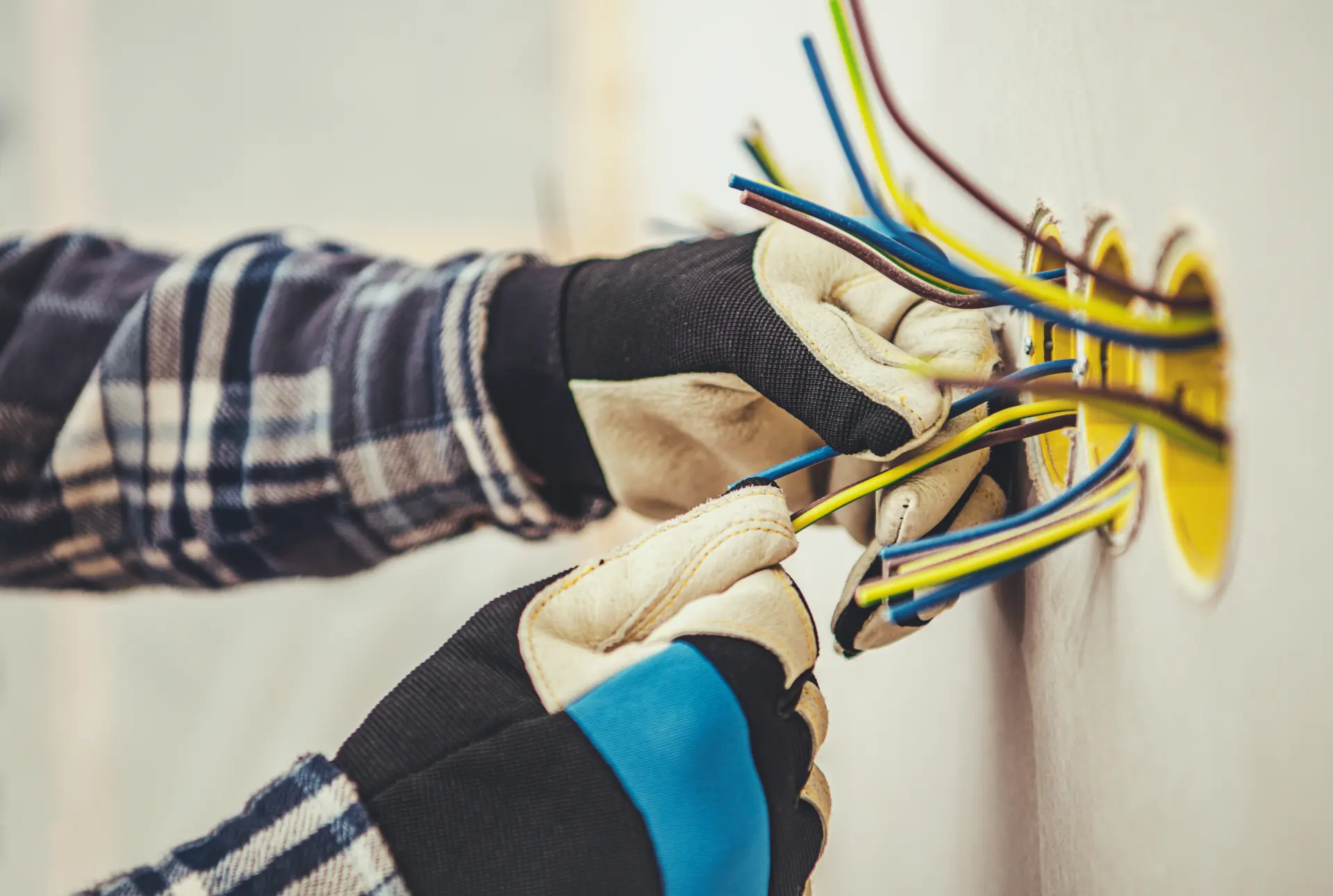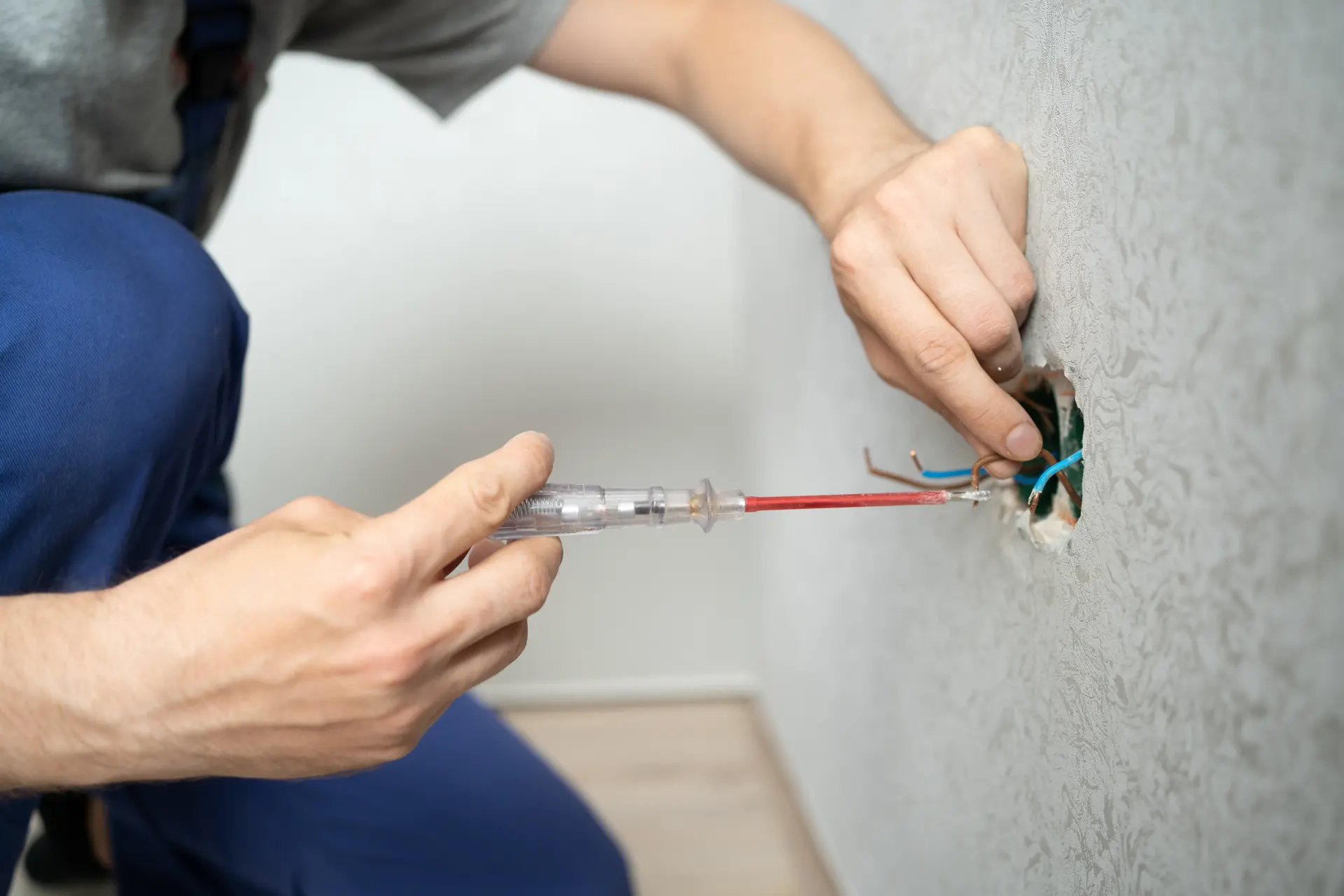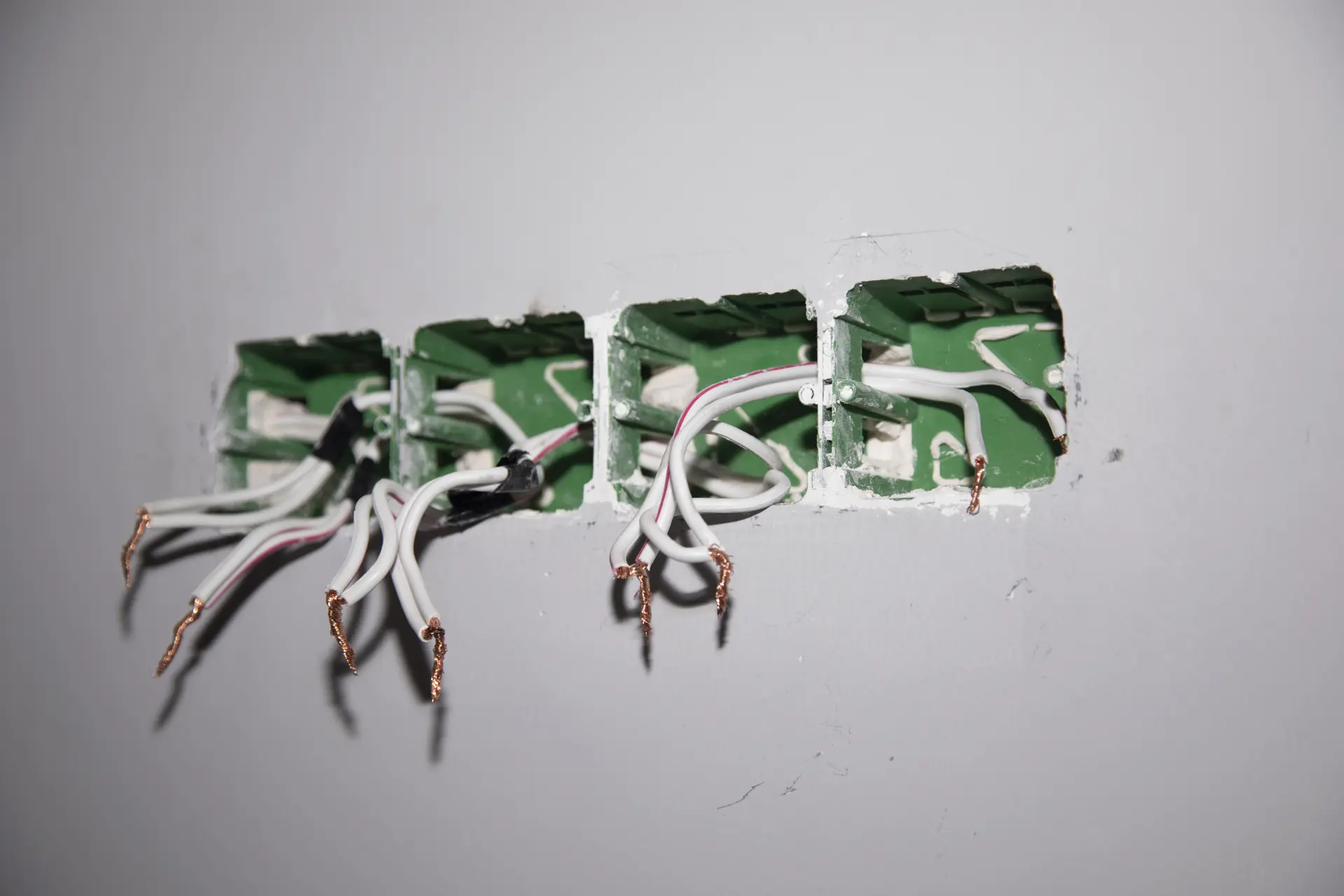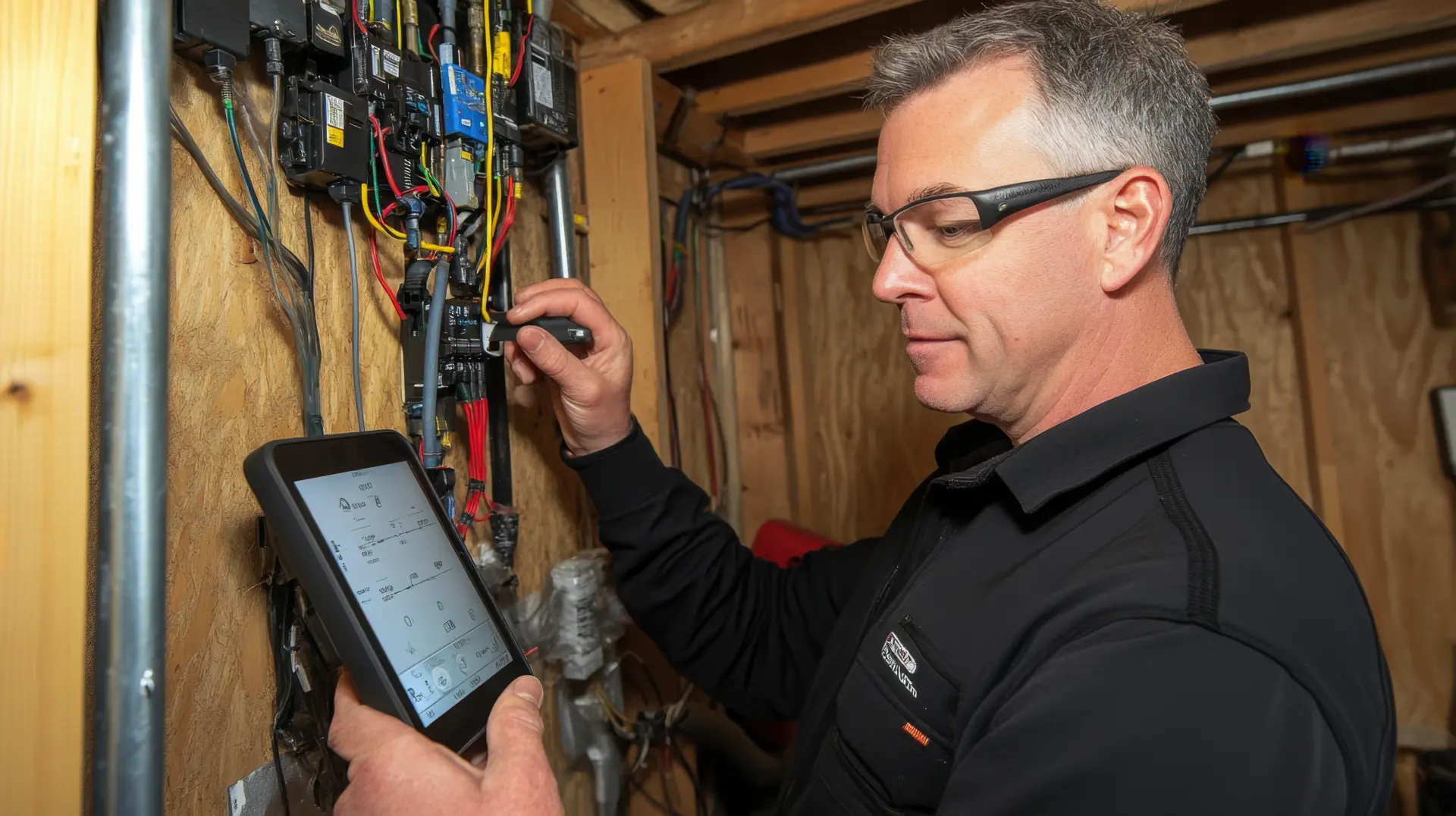Recommended Check Frequency for Homeowners
It's generally recommended that homeowners should have a full electrical inspection carried out every 10 years or when there's a change of occupancy. In addition to the 10-year interval, homeowners should consider having an inspection if the property is old, has undergone significant renovations, or if occupants have noticed flickering lights, burning smells, or frequent circuit breaker trips. It's also recommended to have a visual inspection conducted annually to help spot signs of wear and tear like damaged sockets or exposed wires.
How Often Landlords Should Arrange Checks
Landlords are legally obligated to have an Electrical Installation Condition Report conducted at least every five years. An EICR is a thorough inspection of a property’s fixed electrical systems, including the wiring, sockets, lights, and the consumer unit (fuse box). The report will make a note of any issues that are found and classify them based on their urgency. If any issues are identified as dangerous or potentially dangerous (coded as C1 or C2), then remedial work must be carried out within 28 days or sooner if it's specified by the inspector.
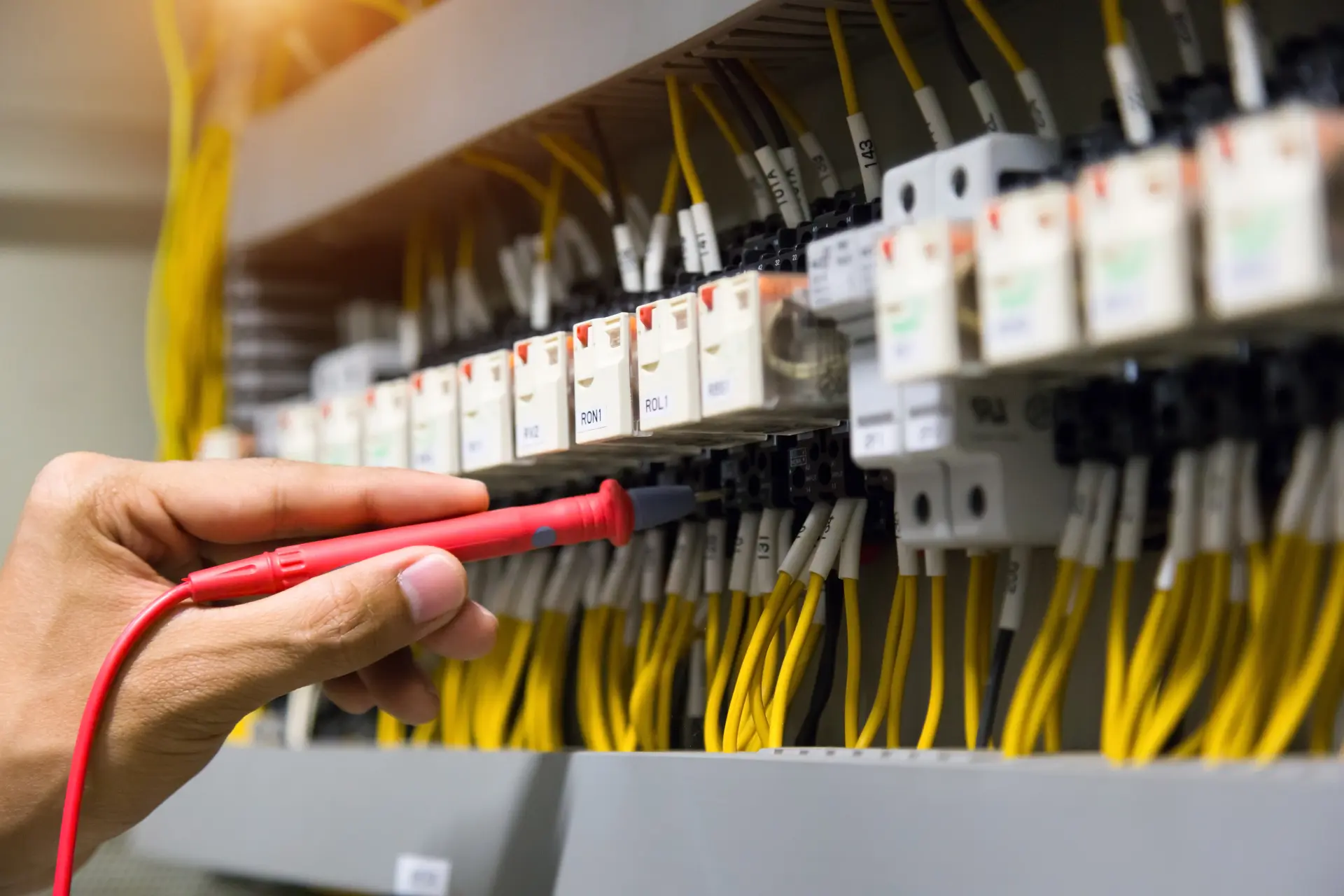
In addition to the EICR, landlords are advised to carry out visual inspections of any electrical installations at the beginning and end of each tenancy. These checks aren't a legal requirement but they can help landlords identify any signs of damage, misuse, or deterioration.
What Happens During a Safety Check?
During the inspection, the electrician will begin with a visual assessment of all the accessible electrical installations. They’ll look for any signs of damage, wear and tear, or anything that doesn’t meet the current safety regulations. This includes things like cracked sockets, exposed wires, signs of overheating, or old and outdated parts that could pose a safety risk.
Following the visual check, a series of electrical circuit tests are performed to ensure they are functioning properly. These tests are designed to spot problems such as overloaded circuits, fire hazards, electric shock risks, and issues with the earthing or bonding. To carry out these tests, some circuits may need to be temporarily turned off, so a brief disruption to your electricity supply is normal during this part of the check.
Each part of the system is inspected against the standards set by the current edition of the IET Wiring Regulations. If any problems are found, they are categorised based on their severity. For example, issues that are coded as C1 represent immediate danger and must be repaired immediately, while C2 indicates that there are potentially dangerous conditions that need urgent attention. Code C3 suggests that there are improvements to be made, but they don't need to be made immediately.
Once the check is complete, the electrician will issue a report summarising their findings. If the installation is deemed satisfactory, no further action is needed, if it's not, remedial work must be carried out, and in some cases, a follow-up inspection is required to confirm the work has been completed to a safe standard.
Why Regular Checks Are Important
Electrical systems naturally deteriorate over time due to constant usage and general wear and tear. Cables, switches, fuse boxes and sockets can develop faults or become outdated. Regular EICR checks allow qualified electricians to assess the condition of these installations and ensure they meet the current standards set by the IET Wiring Regulations.
For landlords, regular EICR checks are a legal requirement. Under the Electrical Safety Standards in the Private Rented Sector Regulations 2020, rental properties in England must have a valid EICR conducted every five years. This law is designed to protect tenants and ensure that rented homes are safe and compliant, and failure to comply with this standard can result in enforcement action and substantial fines.
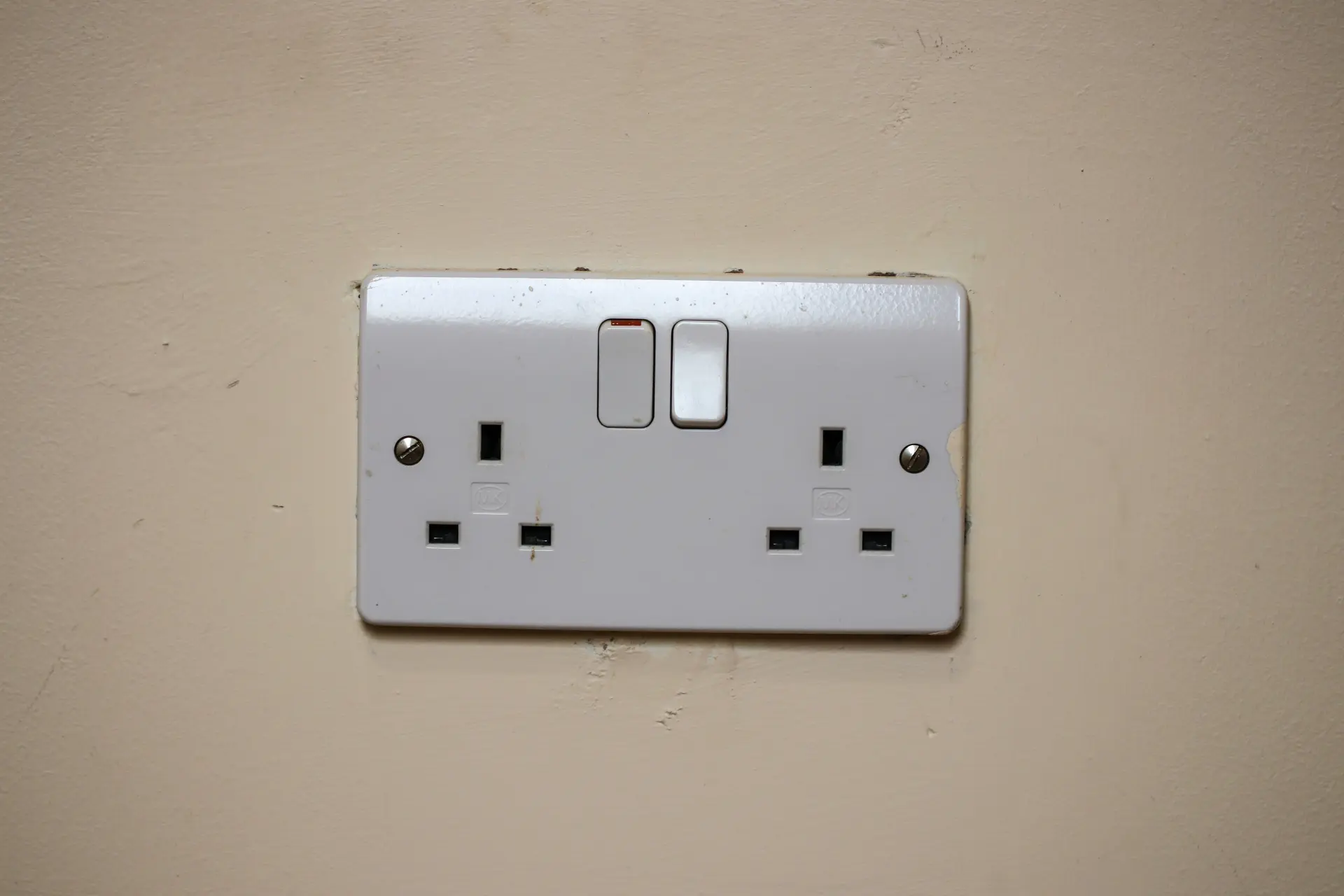
For homeowners, it’s recommended to have an EICR carried out at least every ten years, or sooner if there are issues like flickering lights, tripping circuits, or signs of overheating.
Additionally, an up-to-date EICR can also be requested during property sales or when arranging home insurance since it shows that the property is well maintained and reduces the risk of future claims or liabilities.
We provide electrical inspection services to ensure your property is safe, compliant, and up-to-date with current regulations. Our qualified electricians carry out thorough checks, including EICRs, to identify potential hazards and ensure your electrical systems function safely and reliably.
